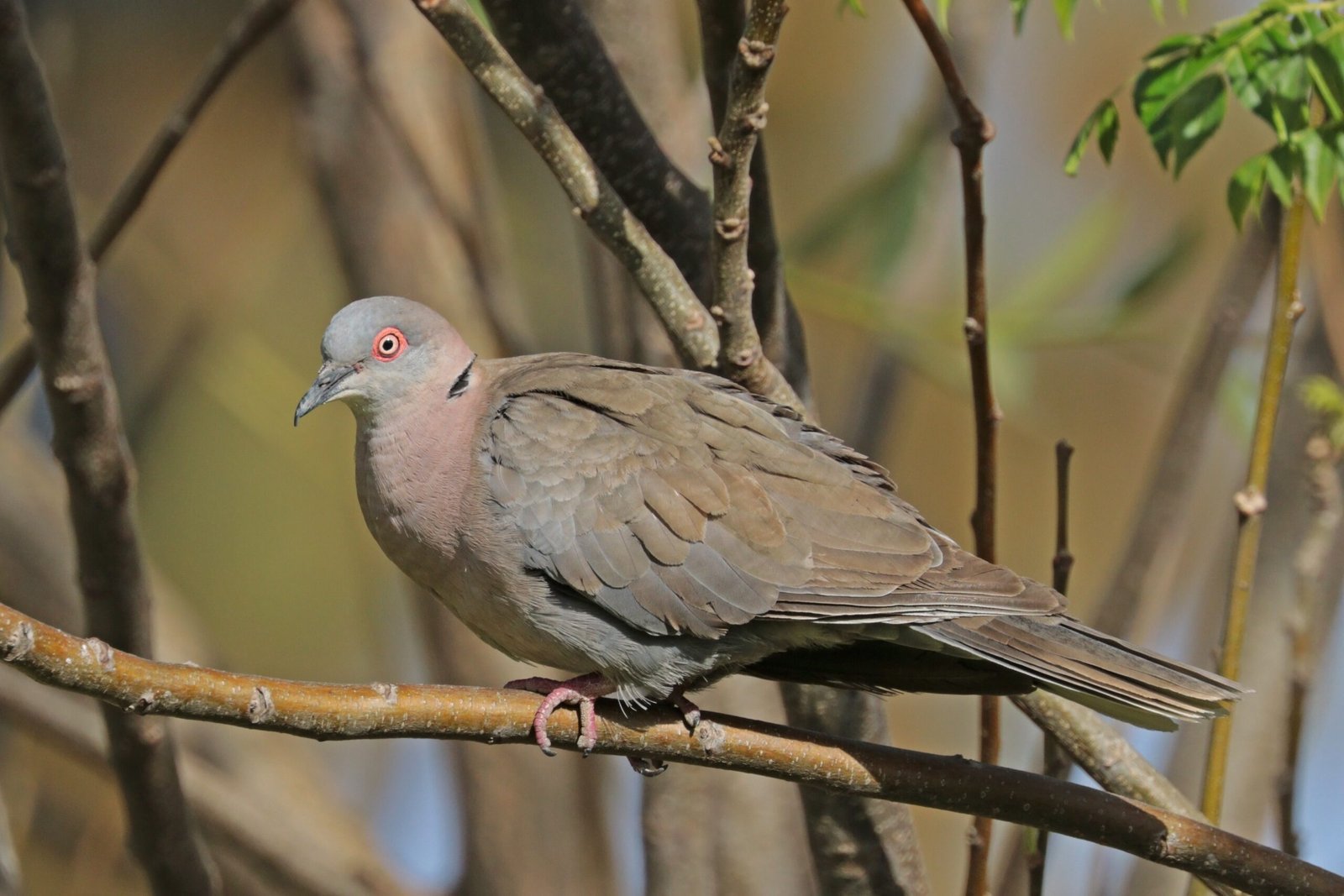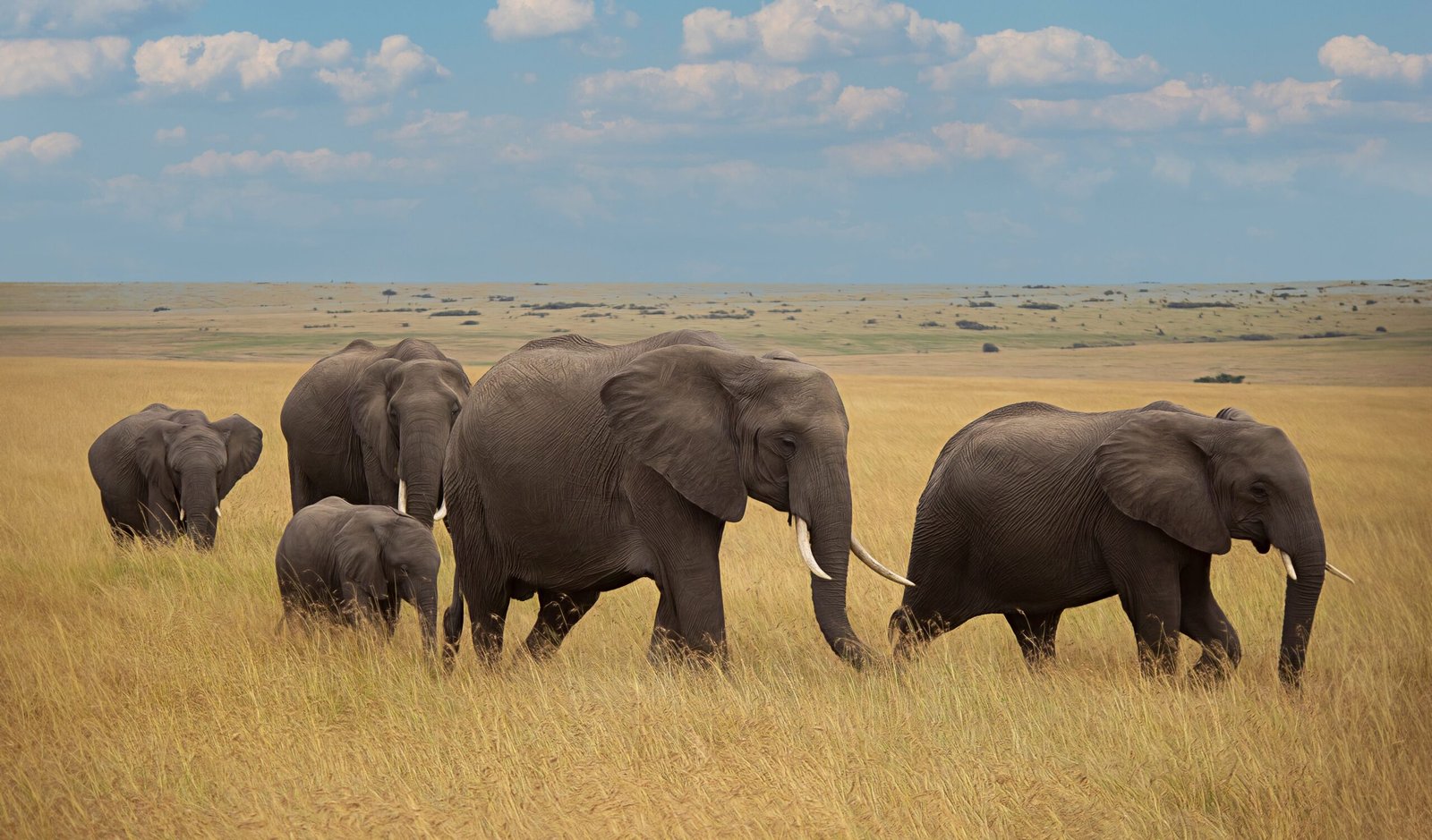A mother elephant stands over her calf, gently touching the small, lifeless body with her trunk. In the wilds of the ocean, an orca carries her deceased newborn for days, refusing to let go. These heart-wrenching scenes leave us with a profound question: do animals grieve the way we do? For centuries, humans believed that deep sorrow and mourning were uniquely human experiences. Yet, mounting evidence from the animal kingdom is challenging this idea, revealing a world of emotion and empathy that is both surprising and deeply moving. Exploring animal grief not only pushes the boundaries of science but also asks us to reconsider our place among Earth’s creatures.
Understanding Grief: What Does It Mean to Mourn?
Grief is more than just sadness; it is a complex emotional reaction to loss. For humans, mourning often involves rituals, changes in behavior, and deep emotional pain. Scientists define grief as a process that includes recognition of loss, behavioral change, and emotional response. When searching for grief in animals, researchers look for similar patterns: altered routines, social withdrawal, loss of appetite, or behaviors that seem out of place after the loss of a companion. This scientific approach helps distinguish genuine mourning from mere instinctual responses.
Elephants: Giants of Sorrow and Remembrance
Few animals have captivated scientists and animal lovers alike with their displays of mourning quite like elephants. These intelligent giants are often observed touching and caressing the bones or tusks of their deceased, sometimes standing vigil for hours or even days. Elephants have been seen using their trunks to lift and nuzzle the body of a fallen herd member, or gently covering it with branches and leaves. Such behaviors suggest an understanding of death and a deep sense of loss. Researchers have even documented herd members revisiting the sites where companions died, as if paying respects.
Whales and Dolphins: Mourning Beneath the Waves
Marine mammals, especially orcas and dolphins, have displayed astonishing acts of grief. One striking example involved a killer whale mother who carried her dead calf for over two weeks, refusing to let it sink. Dolphins have been observed pushing or nudging dead companions to the surface, as if trying to revive them. These behaviors are not fleeting; they last for hours or days, sometimes impacting the group’s travel or feeding. Scientists believe these actions signal not only a deep bond but also a kind of mourning that echoes human experiences of loss and remembrance.
Primates: Expressions of Loss Among Our Closest Relatives
Chimpanzees and gorillas, so closely related to us, provide some of the most compelling evidence of animal grief. Researchers have watched chimpanzee mothers carry their dead infants for days, grooming and holding them as though unable to accept the loss. Other group members often gather around the deceased, showing quietness or subdued behavior. Gorillas have been seen to stop eating or become lethargic after losing a family member. Such displays suggest these primates not only recognize death but also feel its emotional impact in ways strikingly similar to humans.
Birds: Mourning on Feathered Wings

Birds may seem less likely candidates for grief, but certain species display remarkable mourning rituals. Crows and magpies, for instance, have been observed gathering around fallen companions, sometimes bringing small twigs or leaves and laying them beside the body. These gatherings can last several minutes, with the birds remaining unusually silent and subdued. Parrots are known to show distress when a mate or close companion dies, sometimes refusing food or calling out repeatedly. These subtle acts hint that the pain of loss is not confined to mammals alone.
Dogs and Cats: Grieving Companions in Our Homes
Pet owners often report dogs or cats behaving differently after the death of a fellow pet or human family member. Dogs have been seen waiting by doors, searching favorite spots, or losing interest in play and food after a loss. Cats may hide, vocalize mournfully, or become withdrawn. While skeptics argue these changes are due to routine disruption, many veterinarians and animal behaviorists believe pets can feel grief, especially given their strong attachment to their human and animal companions. The sorrow of a loyal dog at a graveside, or a cat searching for a lost friend, is hard to dismiss as mere habit.
Social Bonds and the Depth of Animal Emotion

Strong social bonds are a critical part of many animals’ lives, forming the foundation for grief when those connections are broken. Elephants, dolphins, wolves, and primates all live in complex social groups where individuals depend on each other for survival, care, and companionship. When a member of the group dies, the loss can disrupt these bonds, leading to mourning behaviors. Scientists believe that the capacity to grieve may have evolved as a reflection of social intelligence and empathy, traits that help groups stay connected and resilient.
Scientific Challenges: Interpreting Animal Grief
Studying animal grief is both fascinating and fraught with challenges. Unlike humans, animals cannot tell us how they feel, so researchers must rely on observation and interpretation. It is easy to project human emotions onto animals—a problem known as anthropomorphism—but scientists work hard to distinguish genuine grief from instinctual or learned behaviors. Careful, long-term studies are essential to understand the true nature of animal emotions. Despite these difficulties, the growing body of evidence points to a rich and varied emotional life in many species.
Why Do Animals Grieve? Evolutionary Insights
The evolutionary roots of grief are still being explored, but many scientists believe that mourning behaviors serve important purposes. Grief may help strengthen social bonds, reinforce learning about danger or loss, or allow animals time to process change. In some cases, mourning may even benefit survival—by helping groups adapt to the loss of key members or leaders. These insights challenge the old notion that animals are ruled solely by instinct, revealing a more nuanced picture of intelligence and emotion in the animal world.
How Animal Grief Changes Our Understanding of Nature
Learning that animals grieve forces us to rethink how we treat and relate to them. The discovery of mourning in elephants, whales, and even birds blurs the line between humans and other species. It invites empathy and respect, reminding us that the experience of loss is not unique to our own kind. This knowledge can inspire changes in conservation efforts, animal welfare practices, and even the way we interact with pets and wildlife. As we deepen our understanding, we open the door to a more compassionate relationship with the living world.
The Future of Research: Unanswered Questions and New Frontiers
Despite remarkable advances, many questions about animal grief remain unanswered. Do all animals experience loss in the same way? How do factors like intelligence, social structure, or environment shape mourning behaviors? Advances in technology, such as remote cameras and non-invasive monitoring, are helping scientists observe more species in their natural habitats. As research continues, each new discovery adds depth to our understanding of animal emotion, hinting at a world of feeling that is still largely unexplored.
What Animal Grief Reveals About Ourselves
The study of animal mourning is not just about animals—it is also a mirror for humanity. Seeing other species grieve challenges our sense of uniqueness and calls us to recognize the shared threads of emotion that connect us all. It raises profound ethical questions: if animals feel pain and sorrow, what do we owe them in return? Understanding animal grief can spark awe, humility, and a deep sense of kinship with the natural world—a reminder that love and loss are universal experiences, woven into the fabric of life itself.


